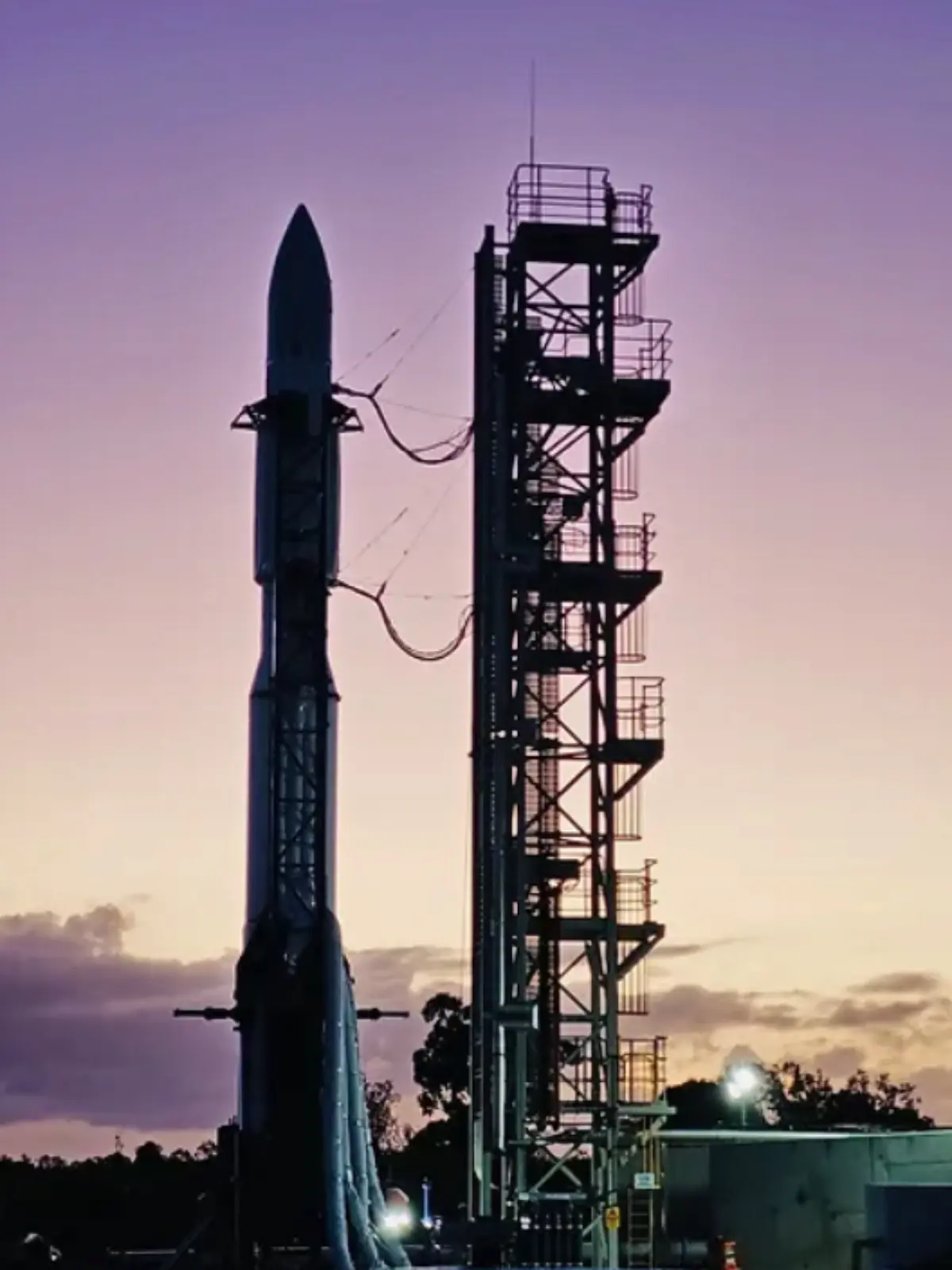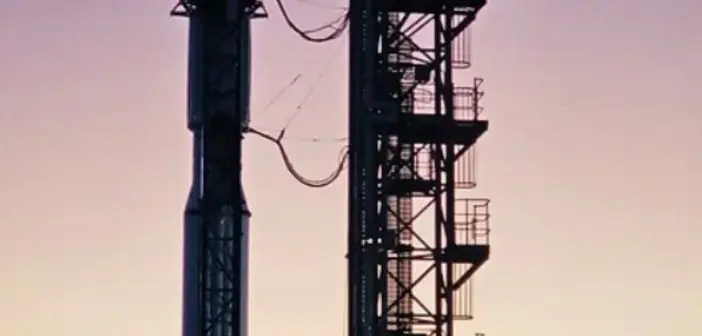
By Staff Writer
Gilmour Space still thinks it has a chance to conduct the maiden launch of its Eris rocket sometime this year, despite no launch licence from the Australian Space Agency (ASA), having to go hunting for more money, and a wet dress rehearsal throwing up issues that will take several weeks to fix.
Gilmour has been trying to get clearance to launch its in-house rocket from its greenfields Bowen Space Port all year. There is considerable interest in the project because it will be the first Australian-made orbital rocket to launch from Australia and the first orbital launch attempt in the country in over half a century. If successful, Eris promises to seriously ramp up Australia’s sovereign space capabilities and offer local satellite operators a homegrown launch alternative.
Despite the ASA working on the launch licence for around two years, it has yet to give the company the green light. While this could be attributed to bureaucratic inertia, the agency has recently managed to rustle up suborbital launch licences for Equatorial Launch Australia and Southern Launch.
Last week, Gilmour conducted a wet dress rehearsal, taking the rocket from the vehicle assembly building to T-10. “The full rehearsal validated the performance of critical systems, with only minor issues identified,” the company said in a statement after the event. “These issues, including two faulty valves and some minor software reconfigurations, are expected to be resolved before our first flight.”
The statement says the rehearsal was a key milestone towards the rocket’s launch “later this year.”
ASA delays
In January, Space & Defense reported that Gilmour was eyeing a March launch date, pending ASA approval. In early April, Gilmour said they could not provide a firm launch date because the launch licence had not come through. They also noted the statutory 30-day window between the issuance of a licence and the actual launch. The steady stream of updates from Gilmour slowed towards the tail end of the year’s first half.
However, CEO Adam Gilmour recently told Canberra’s Capital Brief that he expected the licence imminently, although that has been his position for much of the year. The ASA’s tardiness reportedly centres around the rocket’s “safety,” although the exact nature of the issues has not been disclosed.
A spokesperson said Gilmour is seeking an orbital launch licence – a different thing to the suborbital licences already issued, and a first for an Australian launch company.
“Ensuring the safety of the Australian public is a critical part of any permit assessment,” an ASA spokesperson said.
Knock-on effects
Another knock-on effect of the licence delay is its impact on Gilmour’s ability to raise more capital. “The delay in approvals is delaying my (next) capital raise,” Gilmour told the outlet. “It’s got flow on effects to the jobs that I create, the supply chain that I can grow, there’s a lot of second order effects of the launch permit delays.”
The CEO says he wants to undertake another capital raising (for an undisclosed amount) before initiating talks with the Australian Government’s National Reconstruction Fund about additional investment from them later on.
On the bright side, Gilmour Space is developing a handy sideline as a hypersonic tester and attracting inquiries from governments and defence contractors wanting to know if their payloads can withstand speeds beyond Mach-5. Gilmour says several contracts have been signed, and that it’s a revenue stream with a lot of promise.





